The 1980s were a magical time when status wasn’t measured by social media followers or smartphone models, but by tangible treasures that sparked neighborhood-wide envy. Remember when having the right sneakers or the latest gadget made you feel like royalty on your block? Those pre-internet days created a special kind of playground hierarchy, where certain possessions could instantly elevate your social standing from average to legendary. For those who lived through this neon-colored decade, these status symbols weren’t just things—they were your childhood currency, your ticket to the cool kids’ table, and memories that still bring a wistful smile decades later.
1. Original Nintendo Entertainment System
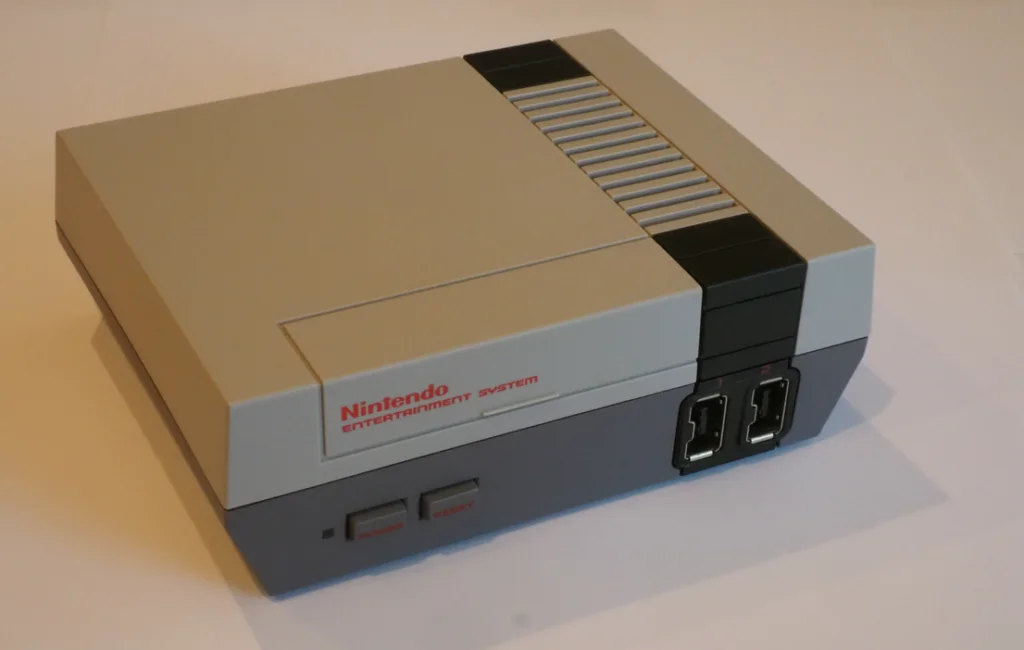
Having the Nintendo Entertainment System connected to your TV transformed your living room into the hottest destination on the block faster than you could say “Super Mario Bros.” Introduced to North America in 1985, the distinctive gray and black console with its memorable rectangular controllers quickly dethroned the Atari as the gaming system of choice for serious players. The ritual of blowing into cartridges when games wouldn’t load properly became universal knowledge, passed down like ancient wisdom between friends determined to rescue Princess Peach or explore Hyrule. There are over half a dozen ways Engadget reports that the NES changed gaming forever.
Parents who initially resisted adding “just another video game” to the household often found themselves sneaking sessions of Tetris or Duck Hunt when kids were at school. The household with the latest games—especially hard-to-find titles like The Legend of Zelda or Mike Tyson’s Punch-Out!!—gained automatic playground credibility, while the kid who figured out warp zones or discovered hidden secrets became a valued oracle of gaming wisdom. Sleepovers at Nintendo-equipped houses were coveted invitations, with late-night gaming marathons fueled by pizza and the collective determination to finally defeat Bowser before sunrise.
2. Kangaroo Shoes with Zippered Pockets
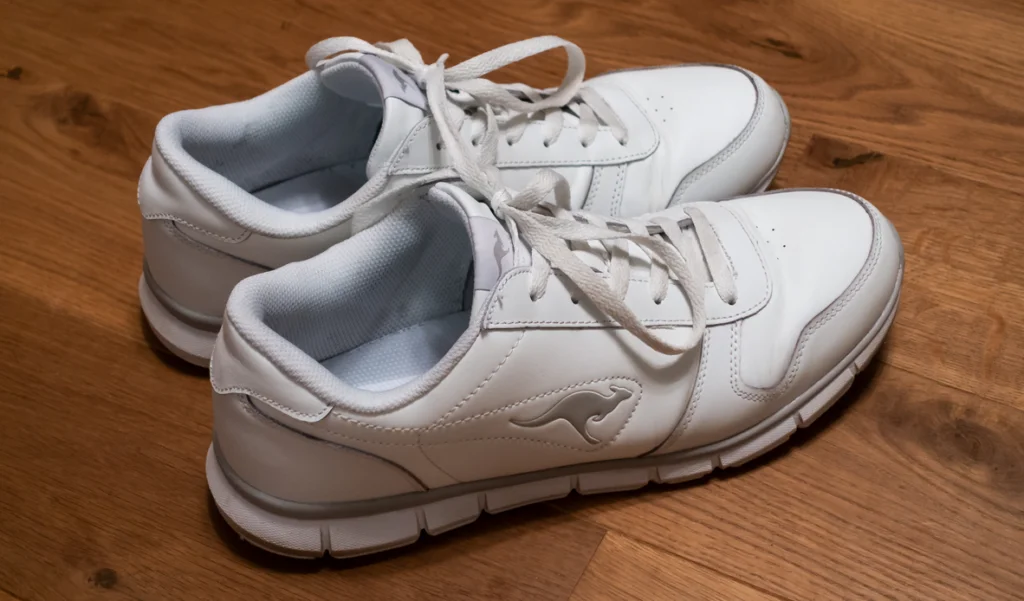
If your feet were sporting Kangaroos—those distinctive sneakers with actual, functioning zippered pockets—you weren’t just walking, you were making a statement with every step. Introduced in 1979 as actual running shoes with storage for keys, the novelty of secret pockets quickly made them irresistible to kids who suddenly had a hiding place for emergency quarters, folded notes from friends, or that special rock you found that definitely might be valuable someday. The tiny pocket wasn’t particularly large, but the possibilities of what you could conceal in there seemed endless to a 10-year-old imagination. Clavel Magazine writes about a Kangaroos history that’s surprisingly sprawling.
The practical nature of the shoes gave parents a reason to splurge, while kids loved them for entirely different reasons—you weren’t just wearing shoes, you were wearing adventure. Kids with Kangaroos had an air of mystery about them—what treasures were they carrying in those tiny zippered compartments right now? The shoes came in various colors and styles, but the magic was always in that little pocket, turning ordinary footwear into something that made other kids whisper, “Did you see the new Kangaroos that Tommy got?”
3. Swatch Watch Collection

Wearing a single Swatch watch made you fashionable, but sporting multiple designs worn simultaneously up your arm transformed you into a walking fashion statement that announced “my parents let me express myself through Swiss-made timepieces.” These affordable plastic watches with their distinctive pop art designs became the must-have accessories of the decade, turning mundane time-telling into vibrant wrist exhibitions. The transparent Jellyfish model or limited artist editions weren’t just accessories but conversation pieces that coordinated with outfits and moods, making watch selection an important part of morning routines. Fratello Watches lists the many unique traits of this unprecedented watch that defined a decade.
Collectors would eagerly await new seasonal releases, saving allowances for months to add another piece to their growing wrist gallery. The colorful watch guards (plastic protectors that snapped over the watch face) added another layer of customization and protection, while simultaneously indicating you were serious enough about your Swatch to invest in accessories for your accessories. Some devotees took their collections further with Swatch wall clocks or the ultimate status symbol—a Swatch phone—turning brand loyalty into a lifestyle that expressed personality through plastic timepieces in ways conventional watches never could.
4. Members Only Jacket
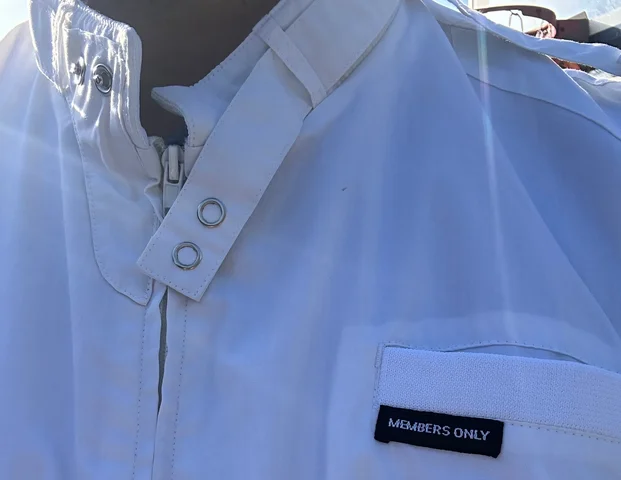
Zipping up a genuine Members Only jacket wasn’t just putting on outerwear—it was donning armor made of style, exclusivity, and parental willingness to spend $50 on a child’s jacket. The signature epaulets, ribbed waistband, and that unmistakable logo on the chest announced to the world that you had “made it” in the complex social economy of childhood. These jackets were everywhere in the ’80s, appearing in movies, TV shows, and on the backs of celebrities, making them the ultimate aspirational item for style-conscious kids and teens.
The jacket’s name itself implied you belonged to something special—like you’d been granted access to an exclusive club just by wearing it. Coming in a rainbow of colors from practical navy to daring white, a Members Only jacket could transform an ordinary outfit into a statement, especially when paired with the collar slightly turned up in the back. Even after being stuffed into lockers and tossed onto playground equipment, these durable jackets somehow maintained their shape and status-conferring powers throughout the school year.
5. Cabbage Patch Kids (with Adoption Papers)
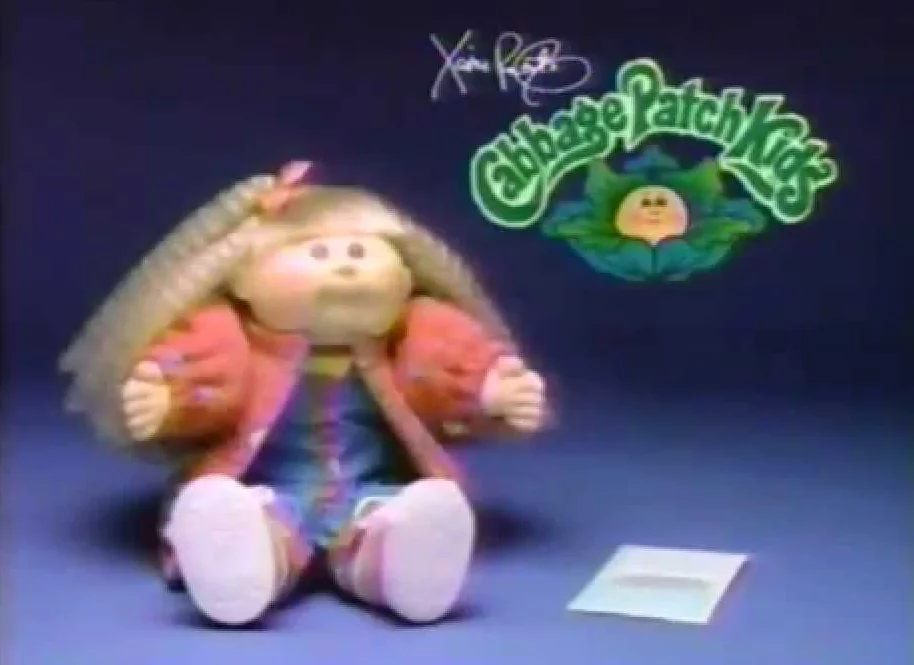
Cradling a genuine Cabbage Patch Kid—complete with Xavier Roberts’ signature, unique facial features, and official adoption papers—made you the envy of every doll enthusiast on the block. Unlike regular dolls, these “babies” came with birth certificates and adoption papers bearing their pre-assigned names like Abigail Rhoda or Duncan Frederick, creating an instant emotional connection that had children and parents alike standing in lines that wrapped around toy stores. The 1983 Christmas season riots over these pudgy-faced dolls only confirmed what owners already knew: they possessed something truly special.
The genius of Cabbage Patch Kids wasn’t just their collectability or unique appearances—it was the entire adoption concept that elevated them from toy to family member. Each doll’s characteristic “birth mark” (Xavier Roberts’ signature stamped on their bottom) was checked by knowledgeable children to authenticate a true Patch Kid from the increasingly common knockoffs. Having the original box and papers carefully preserved was the mark of a serious collector, while the dolls themselves attended tea parties, sleepovers, and family vacations as non-negotiable members of the household.
6. BMX Bike with Pegs
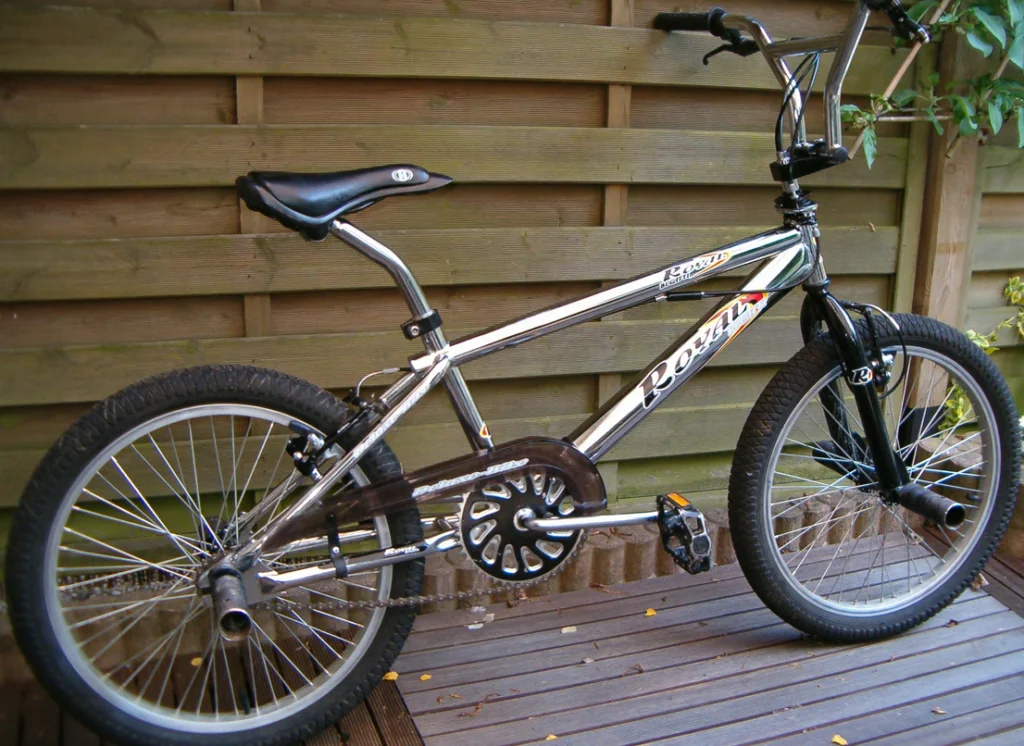
Cruising up the street on a genuine BMX bike with pegs extending from the wheel axles instantly transformed you from regular kid to neighborhood daredevil and transportation mogul. These weren’t just bicycles—they were status symbols with their distinctive pads on the handlebars and top tube, thick tires perfect for jumping makeshift ramps, and those all-important pegs that allowed you to give friends rides on the back or perform tricks that terrified parents. Brands like Mongoose, Redline, and GT carried special weight in the BMX hierarchy, with each model having specific features that connoisseurs could debate for hours.
The scratches and dirt weren’t flaws but badges of honor, telling stories of jumps attempted, tricks landed, and epic wipeouts survived with nothing more than scraped knees and wounded pride. The distinctive sound of pegs scraping concrete announced your arrival before you were even visible, and the ability to wheelie past the local hangout while maintaining perfect balance was performance art that earned immediate respect. Parents justified the expense as “outdoor activity,” never fully understanding that they had purchased not just transportation but a cornerstone of childhood identity and social standing.
7. Star Wars Action Figures (Still in Packaging)
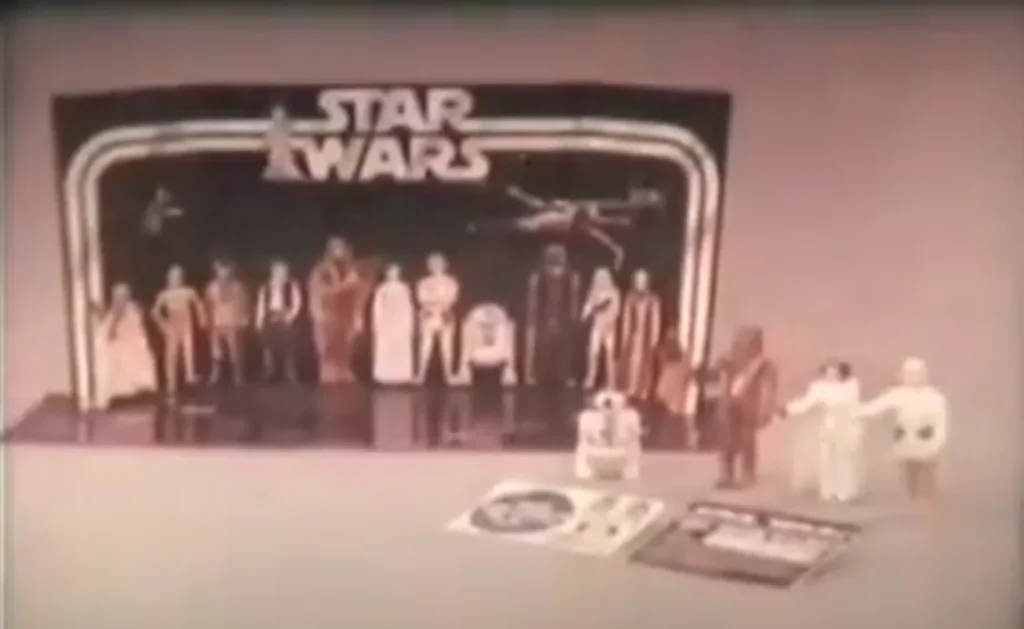
Possessing Star Wars action figures was common, but owning rare characters still in their original packaging elevated you to legendary collector status among your peers. The plastic clamshell packages with colorful cardbacks were like museum display cases for miniature plastic celebrities, each one increasing in value while other kids’ figures lost arms to vacuum cleaners or disappeared into sandbox oblivion. Hardcore collectors knew which figures were rare (like the rocket-firing Boba Fett that never widely released for safety reasons) and which variants were worth protecting from eager fingers wanting to recreate Hoth battles.
Parents simply couldn’t understand the logic of keeping toys untouched in packages—toys were meant to be played with, after all. The discipline required to maintain a mint-condition collection was impressive at any age, but particularly for children who had to resist the daily temptation to free Han Solo or Darth Vader from their plastic prisons. The serious collectors developed their own language, discussing paint applications and plastic variants with the expertise of art appraisers, while setting up elaborate displays that transformed ordinary shelves into galleries of galactic importance.
8. Rubik’s Cube (That You Could Actually Solve)
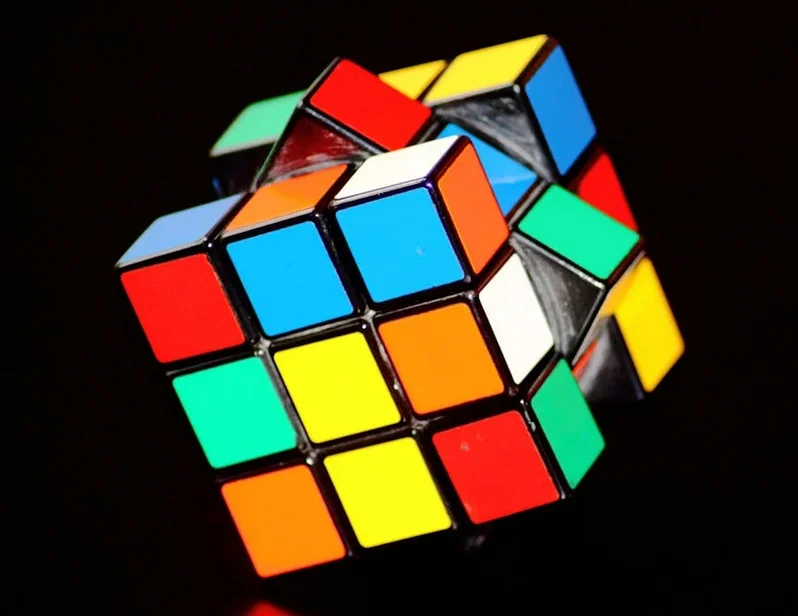
Carrying a solved Rubik’s Cube was impressive, but being able to actually solve one in front of witnesses elevated you to nearly mystical status in the schoolyard hierarchy. The colorful puzzle cube, invented by Hungarian architect Ernő Rubik, became a global phenomenon in the early 1980s, with over 350 million cubes sold worldwide by people determined to conquer its six-sided challenge. Most cubes ended up permanently scrambled or with peeled and reapplied stickers, but the rare child who could legitimately restore order to the colorful chaos commanded universal respect.
The solving process involved algorithms and patterns that seemed like secret knowledge, passed between cube masters through hastily scribbled notes or demonstration. Speed cubers—those who could solve the puzzle in under a minute—were the Olympic athletes of the playground, drawing crowds whenever they performed their craft. Many claimed they could solve it but fumbled when handed a mixed-up cube, making those who genuinely possessed the skill all the more legendary among their peers who could only manage to complete one side before giving up in defeat.
9. Atari 2600 Game System

Having an Atari 2600 connected to your living room TV transformed your home into the neighborhood hotspot faster than you could say “Space Invaders.” With its distinctive wood-grain panel and simple joystick controllers, the Atari wasn’t just a game system—it was a social magnet that drew friends from blocks away on rainy afternoons. Parents might grumble about “square eyes” and wasted time, but even they couldn’t resist the occasional game of Pong or Asteroids when the kids were finally in bed.
The graphics look laughably primitive by today’s standards, but watching those blocky spaceships and characters move across the screen felt like witnessing actual magic in the early ’80s. The cartridges themselves became trading currency, with rare games elevating your status even further—having E.T. (despite its notorious reputation) or Pitfall meant you were a serious player. The simple wood-paneled console sitting beneath your television broadcast a clear message to every visitor: this household embraced the future, one joystick-induced blister at a time.
10. Trapper Keeper
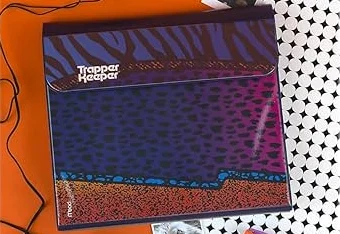
Striding into class with a genuine Mead Trapper Keeper under your arm immediately identified you as a student who took organization seriously and had parents willing to invest in top-tier school supplies. With its iconic velcro closure that made that distinctive ripping sound when opened, the Trapper Keeper wasn’t just a binder—it was a self-contained organizational system featuring folders (“Trappers”) that prevented papers from falling out when you carried it. The colorful designs ranging from sports cars to space scenes to wild geometric patterns meant your choice of Trapper Keeper expressed your personality before you said a word in class.
The interior pockets provided homes for everything from pencils to lunch money, while the three rings securely held hole-punched paper for every subject. Teachers might have mixed feelings about the disruptive velcro sound, but students recognized the unspoken hierarchy established by these premium binders versus the generic alternatives. The plastic coating meant your favorite designs survived intact through rainstorms and accidental spills, protecting your academic life while simultaneously broadcasting your excellent taste to anyone lucky enough to sit next to you in homeroom.
11. Sony Walkman

Strutting down the sidewalk with your very own Sony Walkman clipped to your belt loop was the ’80s equivalent of having the universe’s secrets in your pocket. The iconic portable cassette player, introduced in 1979 but reaching peak cultural dominance in the mid-80s, transformed ordinary bike rides and bus trips into personal music videos starring you. Those signature foam headphones announced to everyone that you were serious about your music and your parents thought you were responsible enough to handle a $100 piece of technology.
Parents didn’t understand why anyone needed to listen to music while walking—that’s what home stereos were for, they’d argue. But once you pressed play on that mixtape you spent hours perfecting, recording songs from the radio with lightning-quick reflexes, you entered a world that was entirely yours. The batteries never seemed to last long enough, and the rewind/fast-forward functions ate through them even faster, but the freedom of personal music was worth every penny of your allowance spent at Radio Shack on 4-packs of AAs.
12. Air Jordan Sneakers
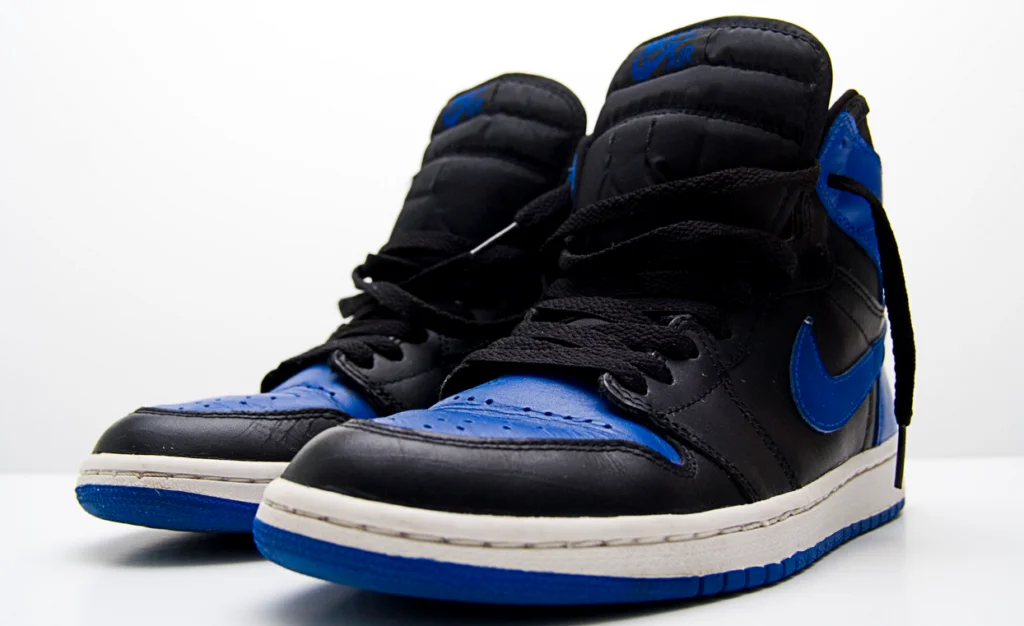
Lacing up a pair of genuine Air Jordans meant your feet were sporting not just shoes, but pieces of cultural history endorsed by basketball royalty himself. First released in 1985, these sneakers with their distinctive wings logo and bold red-and-black colorway (famously fined by the NBA for violating uniform rules) were instant grail items for kids following Michael Jordan’s meteoric rise. The commercial featuring Jordan appearing to float in slow motion while Spike Lee directed helped cement these shoes as not just athletic equipment but cultural phenomena worth begging parents for, despite price tags that could reach three digits.
The shoes themselves became status indicators, with certain colorways carrying more social weight than others and knowledgeable kids able to spot fakes with a quick glance at the stitching or logo placement. Parents struggled to understand how basketball shoes could possibly be worth such extravagant prices, especially given how quickly growing feet would render them obsolete. But owners knew they weren’t just buying footwear—they were purchasing membership in an exclusive club where the cost of admission was paid in allowance savings, birthday money, and the persistent wearing down of parental resistance until those magical boxes finally appeared under Christmas trees or on birthday tables.
Looking back at these treasured ’80s status symbols reminds us that childhood has always had its own complex economy of cool, operating on rules adults could never fully comprehend. While today’s kids might struggle to understand the appeal of portable cassette players or the excitement of a new sticker collection, those who grew up in this vibrant decade recognize these items as more than mere possessions—they were the building blocks of identity in a simpler time. These weren’t just things we owned; they were badges of honor in the colorful social landscape of childhood, where a new pair of shoes or the latest gaming cartridge could transform an ordinary Tuesday into the best day ever.


